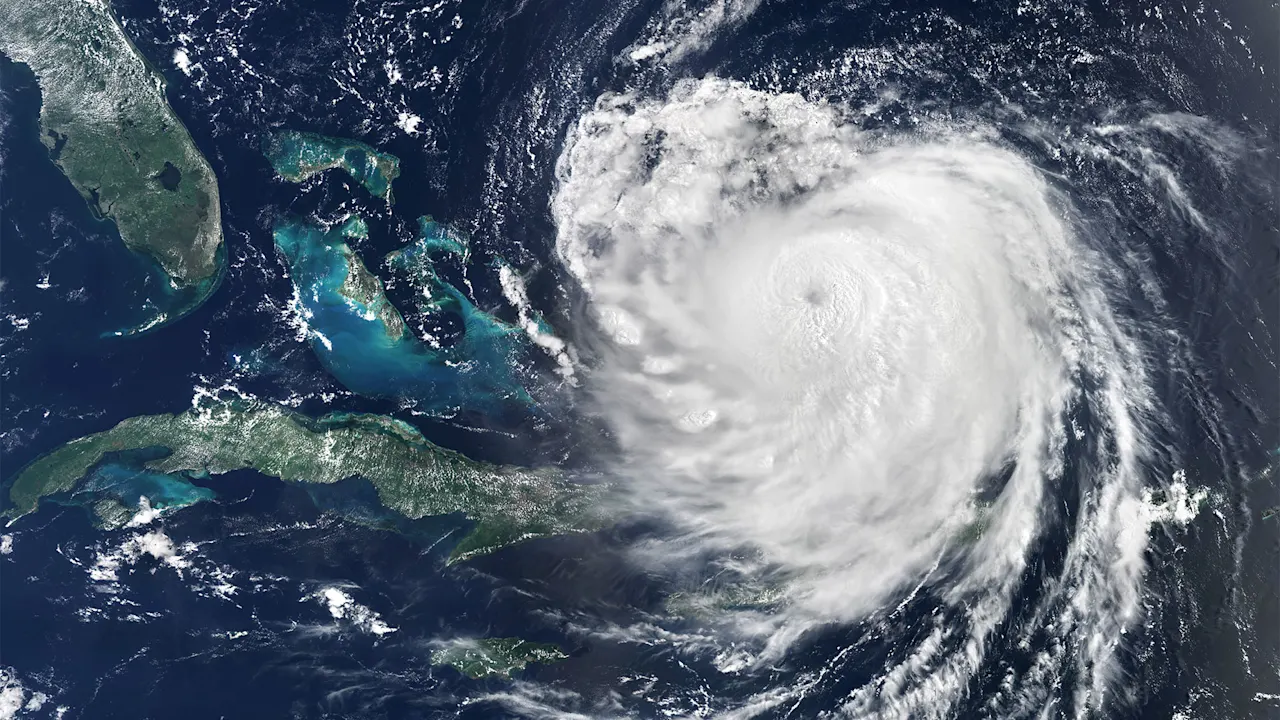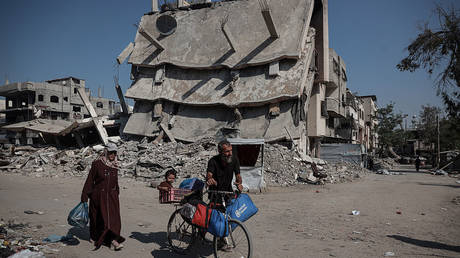2005’s Katrina to 2025’s Erin: America’s storm problem is growing

On August 25, 2005, right before it made landfall north of Miami, Tropical Storm Katrina became Hurricane Katrina. As it blew through the southern tip of Florida, it caused some damage and 11 fatalities, but no one ranked it as one of the storms of the century at the time.
After crossing the southern tip of the state, though, the storm entered the warm waters of the Gulf of Mexico, where it rapidly grew, eventually reaching Category 5 status, the highest on the Saffir-Simpson Hurricane Wind Scale.
Four days later, on August 29, 2005, Katrina made a second landfall over Hancock County, Mississippi as a strong Category 3 storm, affecting areas from New Orleans to Mobile, Alabama. The destruction is well known today. Nearly 1,400 people lost their lives and damages totaled $125 billion.
Since that time, the U.S. has seen one Category 5 storm (Michael in 2018) make landfall and a handful of Category 4 storms (such as Ian in 2022 and Helene in 2024). And just days ago, another Category 5 storm, Erin, gave east coast residents a scare with its 160 mile per hour winds, before taking a northern turn and avoiding the U.S.
From rare to routine: The rise of Category 5 storms
Erin was the 11th Category 5 storm to threaten North America since 2016—and if that sounds like a lot in a short time, you’re right. Since 1924, there have only been 33 Category 5 storms. Prior to 2016, it took 27 years for 11 to form. And it took 34 years for the first 11 to come together. (Erin might not be the only Cat 5 we see this year, either. We’re just entering the busiest part of hurricane season—and the biggest storms usually form in September.)
Between 1996 and 2005, there were 25 storms that reached at least Category 4 strength. In the past 10 years, that number has hit 27—with the bulk of this year’s storm season to go—and hurricane wind strengths have increased by 18 miles per hour since 2019.
More worrisome, perhaps, than the increased frequency of these storms is what will happen should one make landfall in the U.S. while at peak or near-peak strength.
The fragile safety net
Employees at FEMA (the Federal Emergency Management Agency) have warned Congress that plans by the Trump administration to scale down FEMA and shift disaster response to the states could reverse much of the progress that has been made since Katrina.

“Hurricane Katrina was not just a natural disaster, but a man-made one,” the group wrote. “Our shared commitment to our country, our oaths of office, and our mission of helping people before, during, and after disasters compel us to warn Congress and the American people of the cascading effects of decisions made by the current administration.”
In June, FEMA scrapped its revised hurricane response plan and announced it would use the same one it used in 2024. Staffers, though, were reportedly unsure about how the old plan, which includes going door to door in affected areas, can be carried out this year following sizable staff departures. In that same meeting, acting FEMA leader David Richardson said “Yesterday, as everybody knows, [was the] first day of hurricane season. I didn’t realize it was a season.” A spokesperson has said Richardson was joking, but that didn’t quell criticism for the comment.
FEMA’s not alone in its growing unease about the U.S. state of readiness for tropical activity. Meteorologists warn that cuts by the administration at National Oceanic and Atmospheric Administration (NOAA) and to weather satellites could impact forecasting accuracy, which has also progressed significantly since Katrina. A five-day tracking forecast of a hurricane today is as accurate as a two-day forecast was in 2005.
The money spent on that more accurate forecasting is a wise investment, says the National Bureau of Economic Research, which found that the amount saved because of improved forecasts for a single hurricane exceeds the federal funding cost of the entire weather forecasting operation. (And, obviously, the number of annual hurricanes is far greater than one.)
September is coming—and it’s peak danger time
Last year saw 27 weather and climate disasters, including hurricanes, with losses exceeding $1 billion each. All totaled, hurricanes caused an estimated $124 billion in damages—and some areas, like Asheville, North Carolina, continue to struggle to get back to normal.
Forecasters have said the 2025 hurricane season will be an active one, with above-normal activity in the Atlantic thanks to higher than usual temperatures in the Atlantic Ocean.
What's Your Reaction?
 Like
0
Like
0
 Dislike
0
Dislike
0
 Love
0
Love
0
 Funny
0
Funny
0
 Angry
0
Angry
0
 Sad
0
Sad
0
 Wow
0
Wow
0





























































































